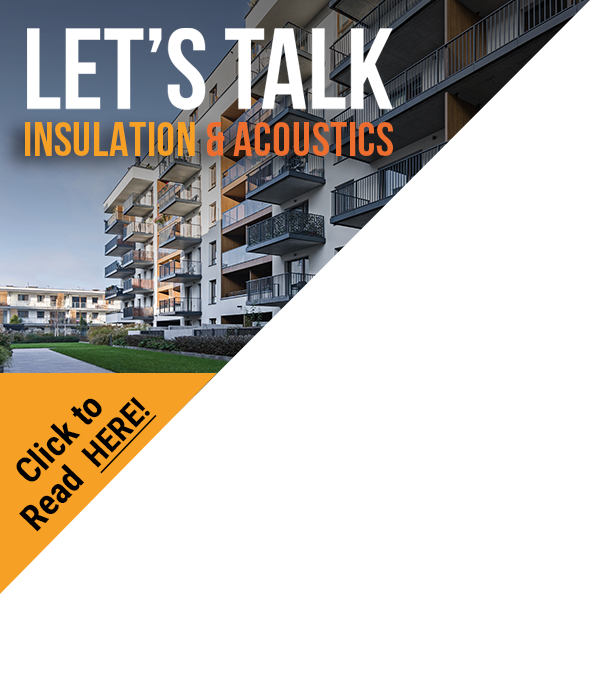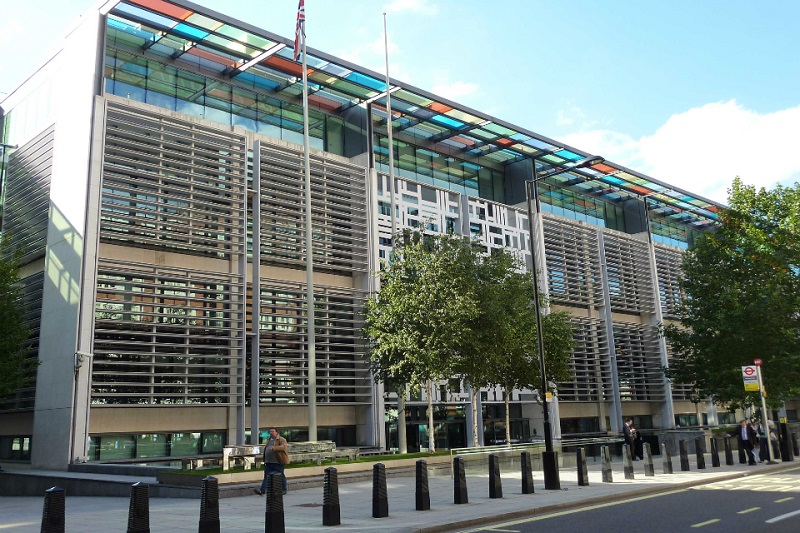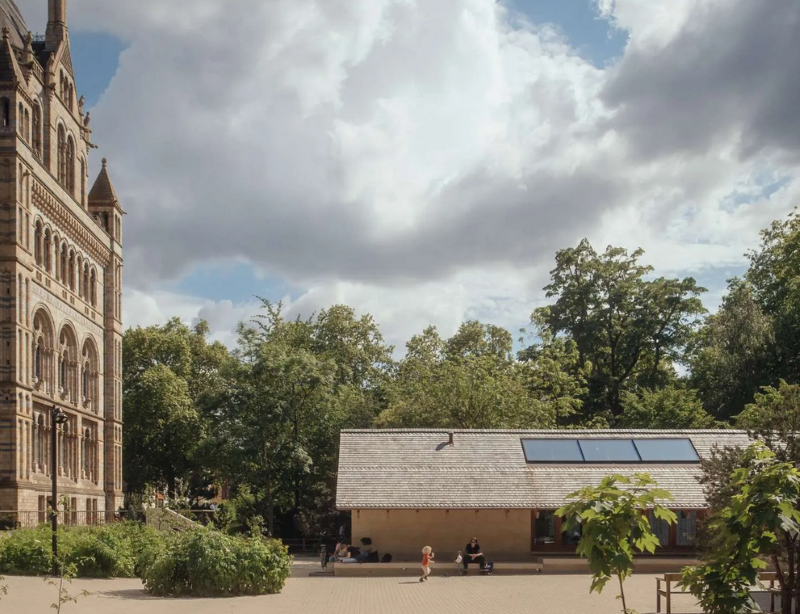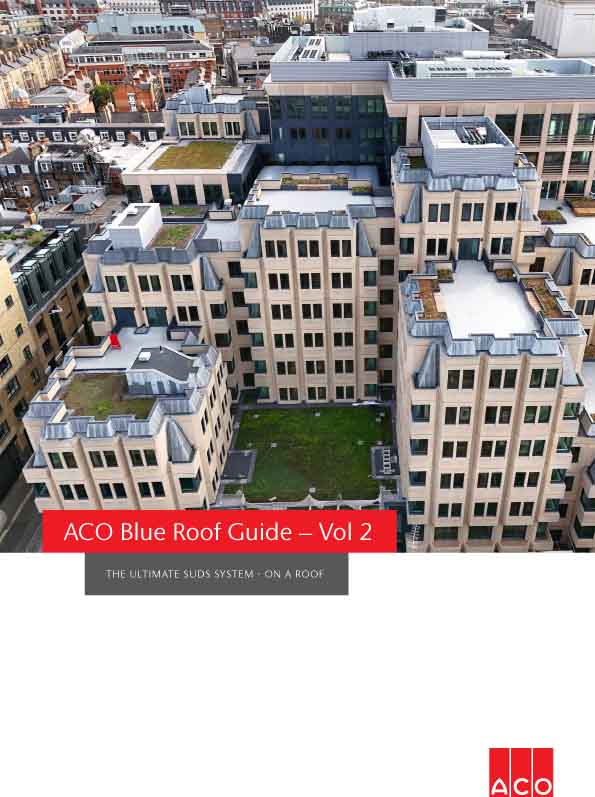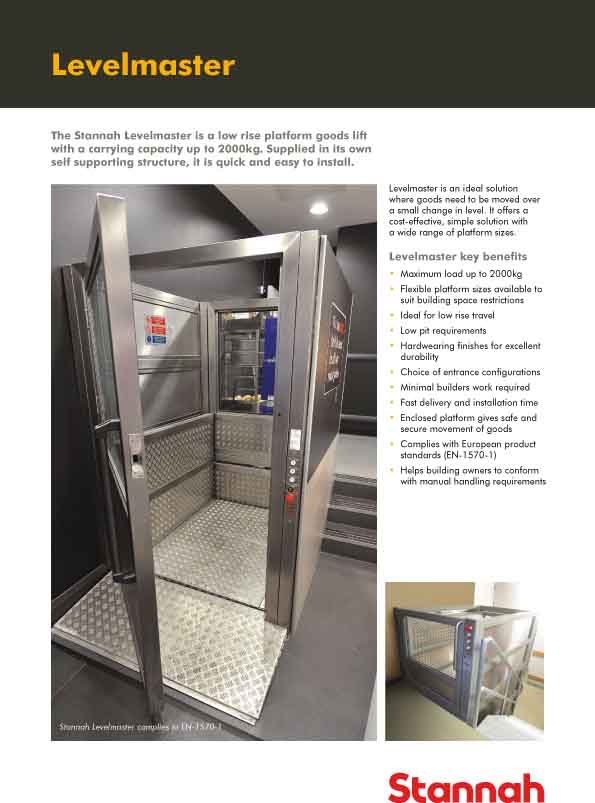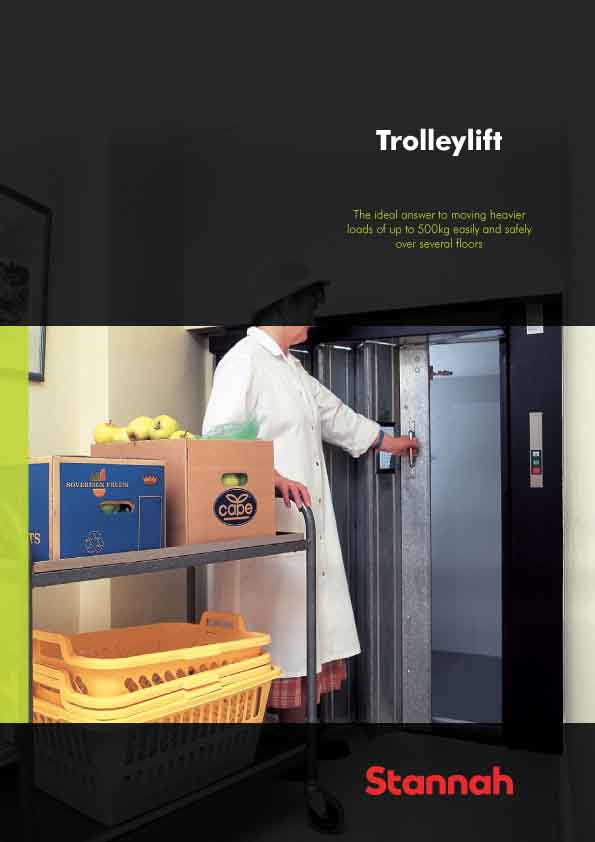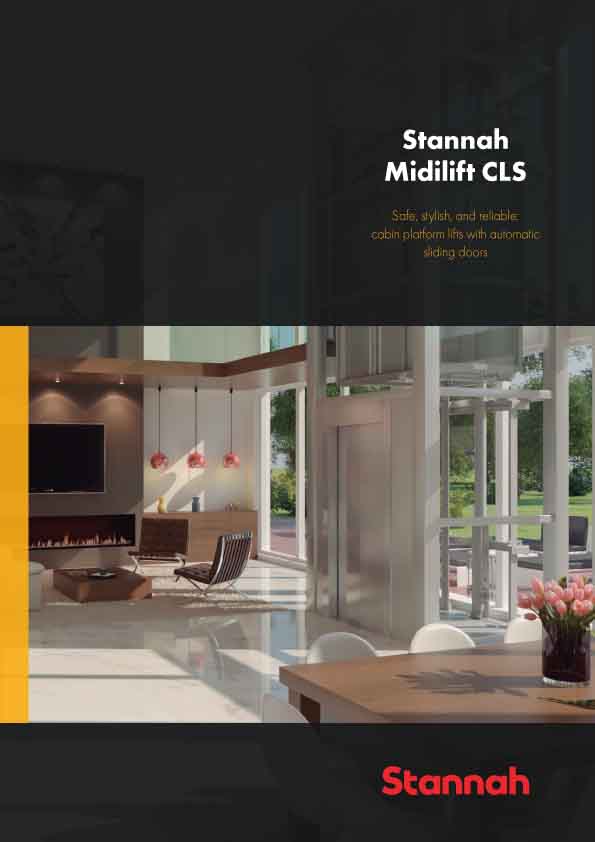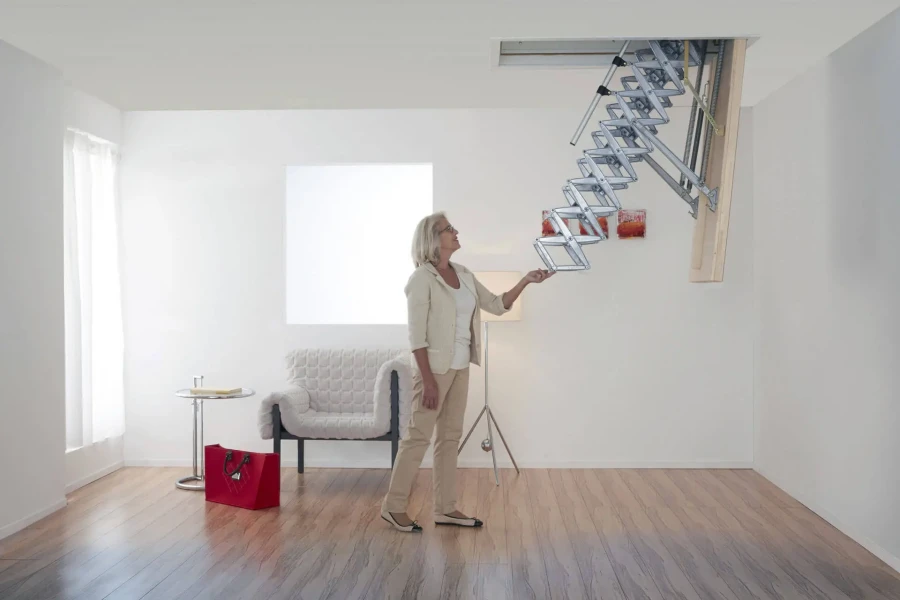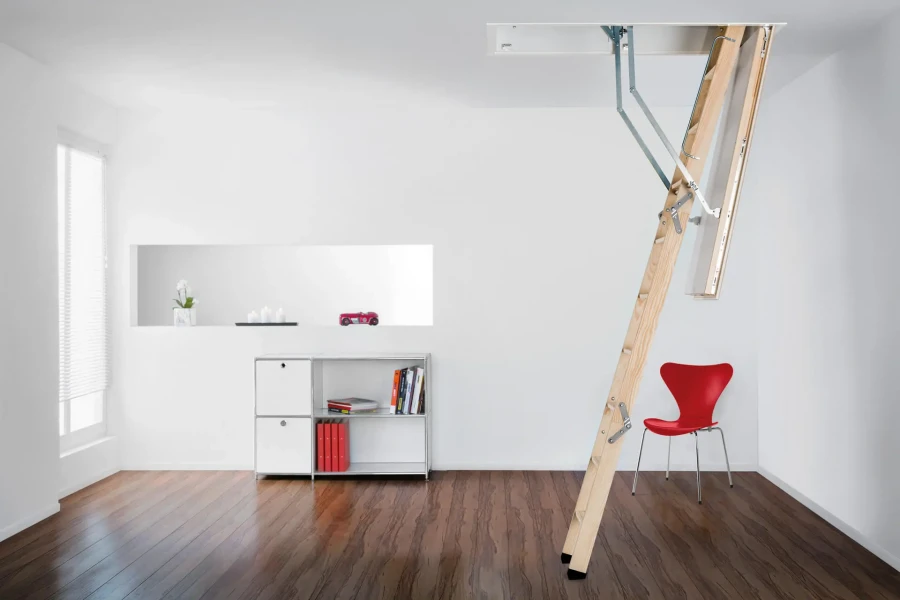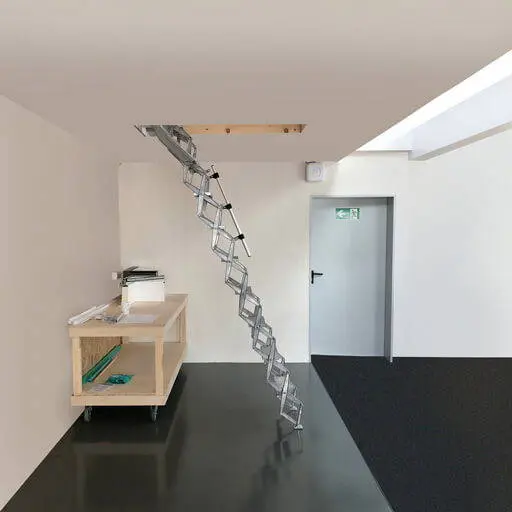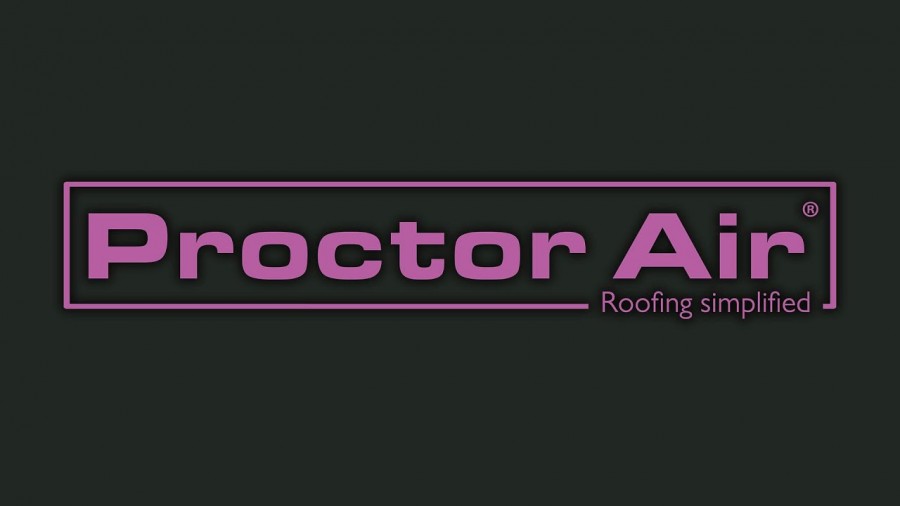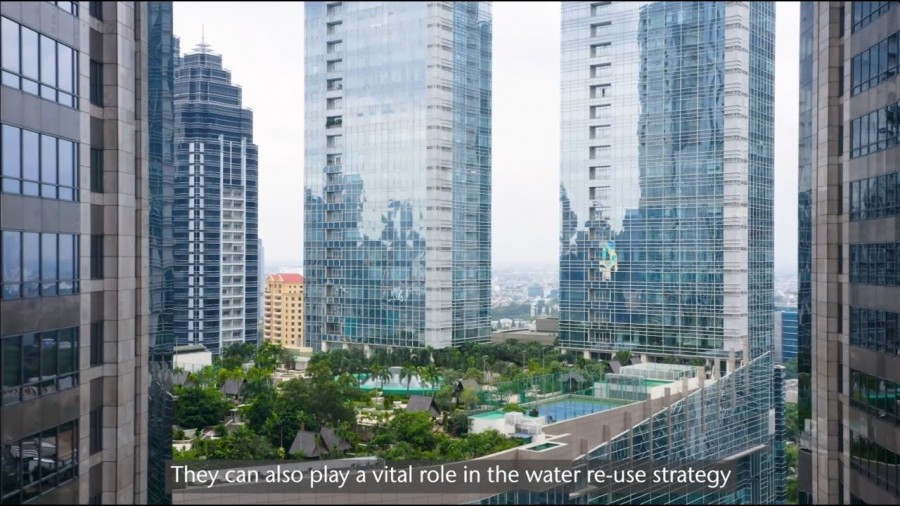The National Fire Chiefs Council (NFCC) has responded to the Department for Levelling Up, Housing and Communities’ (DLUHC) building safety reform consultations.
These key consultations, which closed on 12 October, lay out the principles that will determine what the new building safety regime will look like during construction and once in occupation.
NFCC has raised concern about the lack of clarity and detail on some of the issues within the consultations. These concerns need urgent attention and clarification before the regime goes live next year.
Within these, NFCC has called on the Government to ensure that comments made by the FRS on new buildings, cannot continue to be ignored by those receiving them.
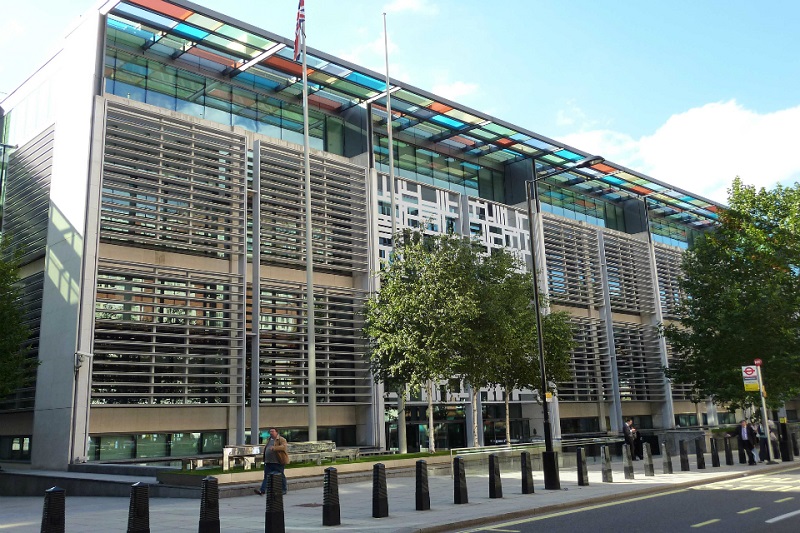
Gavin Tomlinson, Chair of the NFCC Protection Scrutiny Committee noted: “Currently there is no requirement on the applicant or the Building Control Body to satisfy the fire and rescue service (FRS) comments. If the advice given by FRS during construction is listened to and acted upon, it can help ensure buildings are more easily able to meet the safety case requirements within occupation. Currently design is not linked to management of the building once occupied, therefore the needs of those living within the building are not taken into account.”
We believe that treating building regulations holistically with management of the building will help mitigate cases where costly Personal Emergency Evacuation Plans (PEEPs) are being considered as a solution to compensate for failings and out of date guidance in the built environment.
Nick Coombe, Head of the NFCC Protection and Policy Reform Unit added: “The rules for how buildings are allowed to be built in the first instance, including their evacuation features, are overseen by DLUHC.
“At present it is still possible to design a building using an approved guidance that may not meet the requirements of safety for the in-occupation stage of the new system. Examples include the use of guidance to design tall single staircase buildings with no provision for evacuation facilities for the disabled.
"NFCC would like to see clearer guidance on how the evacuation needs of disabled people and persons who may find themselves in vulnerable positions will be regulated as part of the new regime.
"We have seen through the evidence to the Grenfell Tower Public Inquiry as well as Home Office consultations, just how challenging the issue of evacuation is in single staircase buildings. Yet the current system has continues to permit around 400 of these new buildings to be built every year. In light of how many other countries require multiple stairs in tall buildings, this position must be reviewed.
"Without mechanisms to compel physical solutions in buildings, before or after they are built, we know and have seen that dutyholders are likely to rely on far less effective management solutions to cover shortfalls in safety.
“We have concerns that some of the proposals within the consultations reinforce the current regime and status quo. In our view this does not support the policy intent of creating a new, strengthened, building safety regime.”
